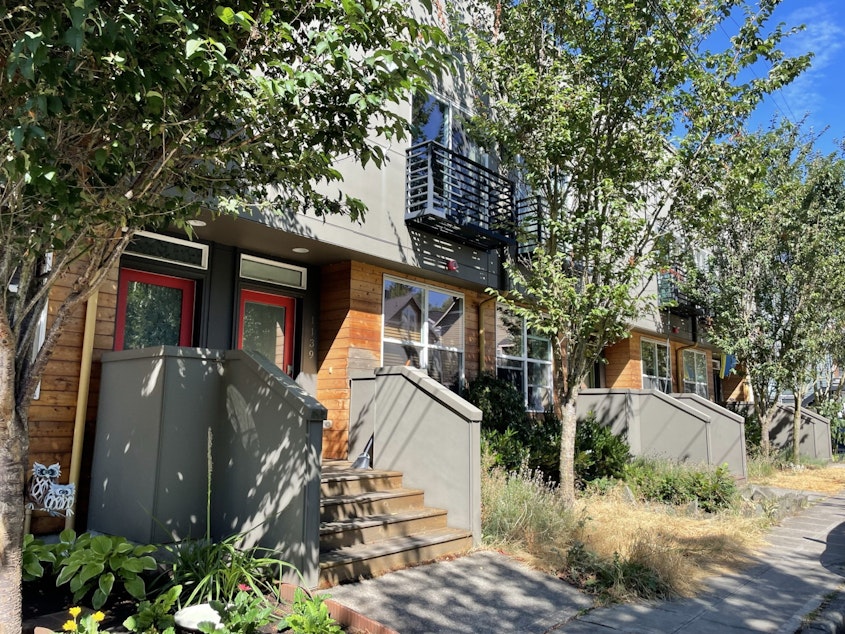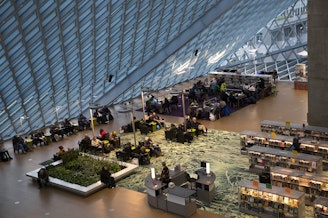Final steps for Washington state's middle housing bill

The middle housing bill passed the Washington State Senate this week. It would allow duplexes and townhomes in neighborhoods currently dominated by single-family homes. But where the density goes is still being negotiated.
The state needs about 1 million new homes over the next two decades.
The middle housing bill that just passed the Senate would meet about 20% of that need, by allowing duplexes, four-plexes and, in some cases, six-plexes across much of the state.
Seattle City Councilmember Dan Strauss said the state’s middle housing bill is a welcome change, “because the suburban communities around Seattle have left it to Seattle to bear the burden of the growth that the whole region needs to take."
"Now, they’re gonna have to wrestle with that,” Strauss said.
But how much they’ll have to wrestle with it remains uncertain. The House and the Senate passed different versions of the bill, and it's unclear at this time what the final bill will look like.
The House version requires small suburbs like Mountlake Terrace or Covington to allow up to six-plexes (if close to a transit stop or if two of the units are affordable), just as the big cities like Seattle, Everett, Tacoma and Bellevue will do.
The Senate version lets those small suburbs off the hook with only duplexes.
Medium-sized cities like Auburn and Federal Way also fare differently under the House and Senate versions of the bill, with the Senate allowing them to outlaw six-plexes, asking them only to allow duplexes everywhere, or four-plexes if one of them is affordable.
Beneath these differences lies a difference in philosophy over whether low-density neighborhoods should change equally across the region or whether those changes should vary depending on the size of the town.
Now, the bill goes back to the House, where leaders can accept the changes, or ask Senators to revert to the House version. Or they can negotiate a compromise.
The bill has broad support, so it is likely to make it in some form to the governor’s desk, where he’s expected to sign it.
L
and available for development is limited in the Seattle metro area by geography, and also because, back in the early 1990s, the region put a wrapper around its sprawl, effectively saying, "We will promote growth within this urban growth boundary in order to protect farms and forests outside the boundary."
However, many places within the urban growth boundary have resisted density, in part due to concerns about strain on infrastructure.
Early in this year's middle housing bill's journey through the legislative process, smaller cities and some Republicans initially voiced skepticism about the proposed legislation, criticizing its top-down approach.
But by the end of the legislative session, the bill had won support from the Association of Washington Cities and eight Republican Senators.
This was achieved through compromises that gave cities some flexibility. It also illustrates a remarkable level of bipartisan cooperation during an otherwise politically divisive time.
Assuming the bill passes, new housing should start showing up in these communities within a year of their next comprehensive plan updates. For Seattle, that means these homes could start rolling out incrementally across neighborhoods as early as late 2025.




